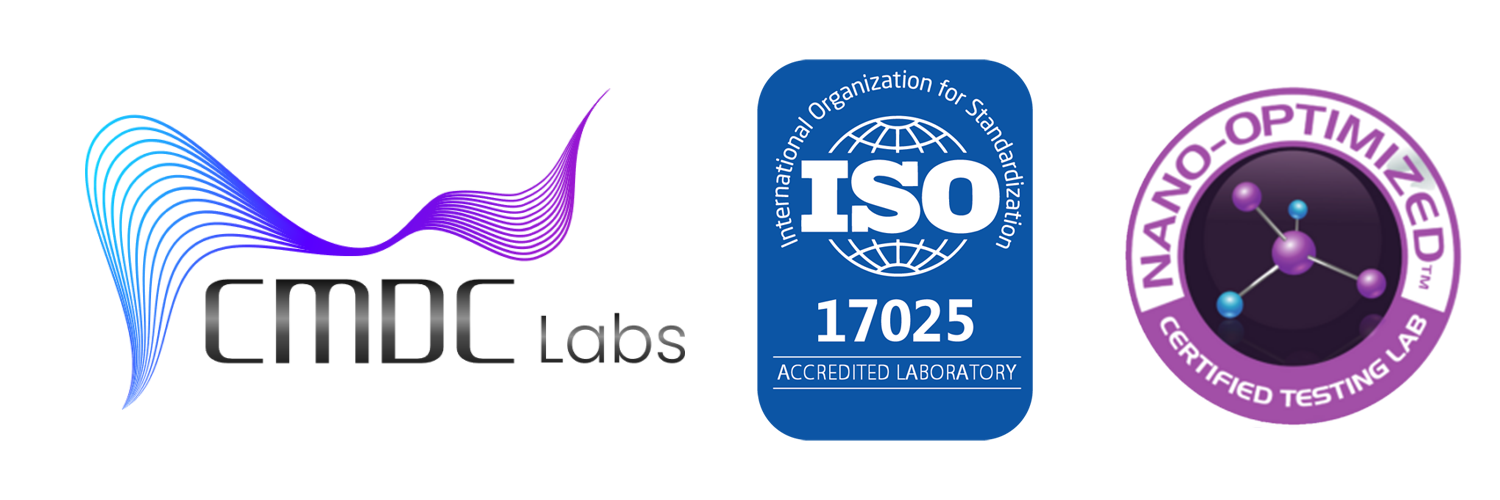Across the United States, access to clean and safe drinking water has long been considered a basic expectation. Yet in recent years, concerns about water quality have grown—not just in aging industrial regions or heavily populated cities, but in communities that historically assumed their water resources were secure.
A recent news report highlighted growing concern among Colorado communities about the safety of their drinking water, particularly related to PFAS chemicals and heavy metals. For many residents, the issue is not just about contamination—it’s about trust, transparency, and confidence in the systems responsible for protecting public health.
What is happening in Colorado reflects a much broader national challenge: as awareness increases and regulatory standards evolve, communities are demanding clearer answers about what is in their water and how it is being monitored.
A National Issue With Local Impact
While Colorado communities have become a focal point in current discussions, they are far from alone.
Across the country, consumers are asking:
- What chemicals are in our drinking water?
- Who is responsible for testing?
- How accurate and transparent is the reporting?
- What happens when contaminants are detected?
These questions have grown louder as scientific research reveals the widespread presence of contaminants that were previously overlooked or undetectable, including:
- PFAS (“forever chemicals”),
- arsenic and lead,
- manganese,
- nitrates,
- and other emerging pollutants.
The challenge is not only detecting these contaminants, but also rebuilding public confidence when trust has been shaken.
Understanding PFAS: The “Forever Chemicals” Problem
PFAS (per- and polyfluoroalkyl substances) are a class of synthetic chemicals used for decades in products such as:
- non-stick cookware,
- firefighting foam,
- waterproof fabrics,
- stain-resistant coatings,
- and industrial manufacturing.
Their durability makes them useful—but also environmentally persistent. PFAS do not easily break down, meaning they can accumulate in:
- soils,
- groundwater,
- rivers,
- and, eventually, drinking water systems.
The U.S. EPA has recently proposed far stricter PFAS limits in drinking water, signaling that even trace amounts may pose long-term concerns.
Many water systems were not originally designed to detect PFAS, let alone remove them. This leaves communities wondering:
- Are we testing properly?
- Are current treatment systems effective?
- What levels exist in local supplies?
Heavy Metals: An Older Threat That Still Matters
While PFAS receive much of the attention today, heavy metals remain a significant concern.
Metals such as:
- lead,
- arsenic,
- and manganese
can enter water systems through:
- natural geological sources,
- aging infrastructure,
- industrial runoff,
- and corrosion in pipes.
The risk is particularly acute in areas with older plumbing or groundwater dependence.
Heavy metals can be difficult to detect without sensitive laboratory methods, and even low concentrations may raise public concern.
The Role of Trust: Why Communities Feel Uncertain
One of the most powerful themes emerging from community discussions is a sense of uncertainty.
People increasingly ask:
- Are test results complete?
- Are results being communicated openly?
- How frequently is testing done?
- Who verifies the data?
Even when water systems meet regulatory requirements, the perception of risk can shape public sentiment.
In many areas, residents express a common concern:
“We just want to know the truth.”
That desire for transparency has led more communities to look beyond internal or governmental testing and seek independent verification, believing it provides a more objective perspective.
Why Independent Testing Matters
Independent laboratory testing plays a critical role in modern water quality management for several reasons:
1. Objectivity
Independent labs are not responsible for operating water systems, which helps separate regulatory oversight from operational interests.
2. Advanced Detection
Private laboratories often invest in specialized equipment capable of:
- ultra-trace PFAS detection,
- metal quantification at extremely low levels,
- and emerging contaminant screening.
3. Faster Response
Communities and private clients can request testing when concerns arise, rather than waiting for scheduled routine monitoring.
4. Transparent Reporting
Independent results can be shared directly with:
- residents,
- stakeholders,
- and regulatory partners
to support open communication.
Water Safety Is Not Only a Technical Issue
Water treatment systems, regulators, and municipalities may follow established standards and still face skepticism.
Why?
Because water quality is deeply personal.
Residents drink it, cook with it, bathe their children in it. When uncertainty enters the conversation, the emotional impact can be significant.
Trust is not restored solely through compliance—it requires:
- transparency,
- validation,
- and proactive communication.
The Regulatory Landscape Is Changing
The EPA’s proposed tightening of PFAS limits represents a major shift in water regulation.
Expectations are moving toward:
- lower acceptable contaminant thresholds,
- increased monitoring frequency,
- broader contaminant lists,
- and more detailed reporting requirements.
Communities that once relied on annual test summaries may soon need:
- more frequent data,
- clearer reports,
- and third-party confirmation.
Why Communities Are Seeking More Data
Many Colorado communities, like others nationwide, are pursuing additional testing because they want:
- clarity,
- reassurance,
- and a full understanding of their water quality.
This is not necessarily a reflection of system failure—in many cases, it represents:
- community engagement,
- proactive leadership,
- and an interest in public health collaboration.
Private Wells and Rural Challenges
In rural or decentralized areas, water testing presents unique issues.
Private wells may not fall under the same regulatory oversight as municipal systems, leaving homeowners responsible for monitoring.
For these individuals, independent testing becomes even more crucial, providing insight that might not otherwise be available.
The Growing Importance of Transparency
Water providers that embrace transparency often experience:
- stronger public relationships,
- increased trust,
- reduced conflict,
- and more constructive collaboration with residents.
A key trend emerging nationwide is the movement toward open reporting, where test results are:
- easily accessible,
- clearly explained,
- and communicated proactively.
How Independent Labs Support Water Safety Efforts (CMDC Section Begins Here)
As concerns about PFAS and metal contamination continue, independent laboratories play an increasingly important role in supporting water safety efforts.
CMDC Labs partners with:
- municipalities,
- water system operators,
- and private clients
to provide:
Validated PFAS Testing
using sensitive analytical methods aligned with emerging EPA expectations.
Heavy Metal Quantification
including trace-level measurement of:
- lead,
- arsenic,
- manganese,
- and other metals.
EPA-Aligned Reporting
supporting clear, consistent communication with stakeholders.
Transparent Results
that help build community confidence through independent verification.
Why CMDC’s Role Matters
By offering scientifically robust testing and clear reporting, CMDC Labs helps:
- support public transparency,
- enhance community trust,
- and provide data that informs responsible decision-making.
The goal is not to replace municipal efforts, but to work alongside existing systems, offering additional confidence when questions arise.
Conclusion: Safe Water Requires Collaboration
The situation highlighted in Colorado demonstrates a wider truth:
Water safety is not guaranteed by infrastructure alone—it depends on:
- thorough monitoring,
- accurate testing,
- transparent communication,
- and community engagement.
As expectations evolve and scientific understanding grows, independent testing partners like CMDC Labs play a key role in supporting:
- informed decision-making,
- regulatory readiness,
- and public confidence.
Safe water is a shared responsibility, and collaboration remains essential in ensuring that communities continue to trust what flows from their taps.
Sources: Yahoo News, EPA.gov, CDC.gov, Water Quality Research Publications.

